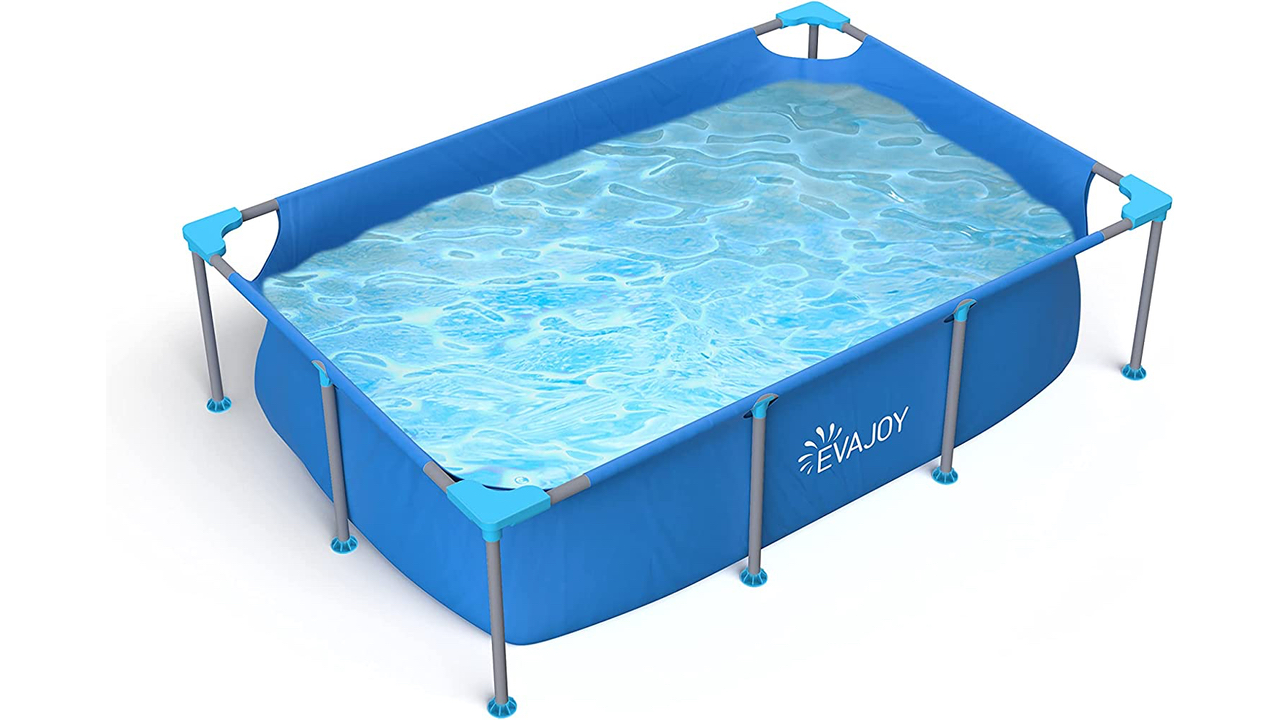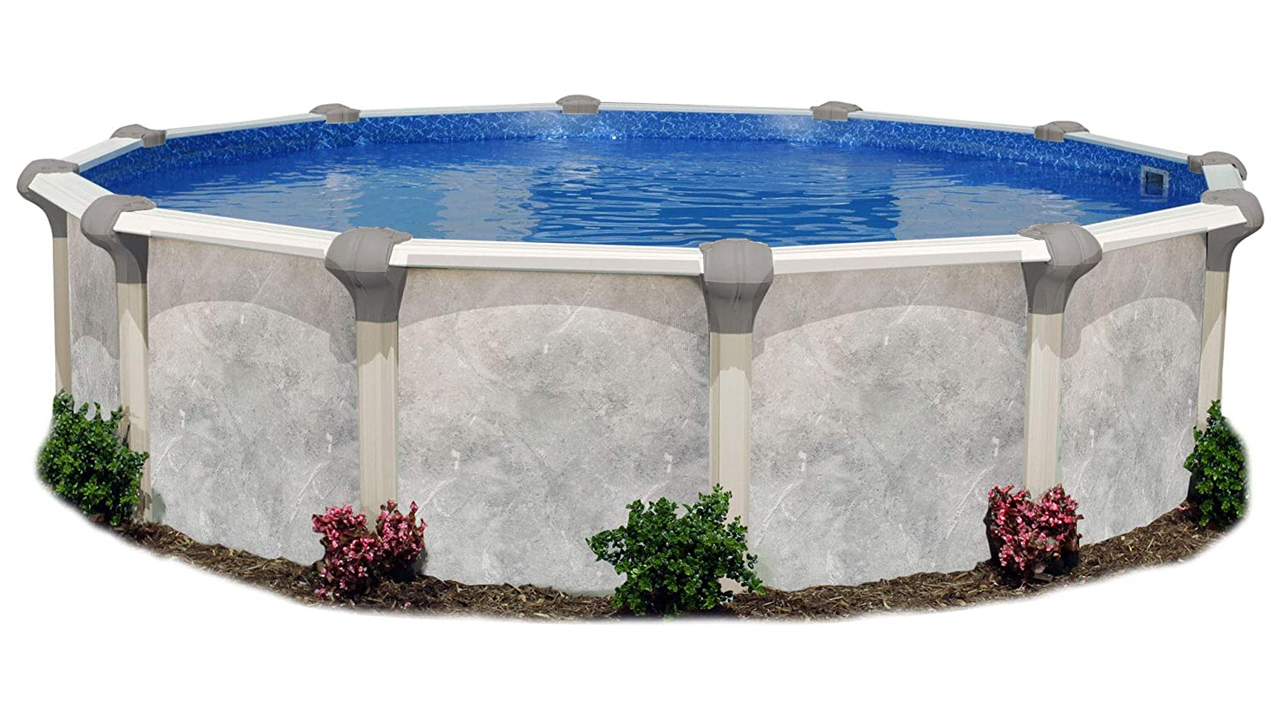A Guide to Staying Safe While Using a Heated Blanket
When the temperatures drop, heated blankets offer a comforting solution to stay warm without cranking up the thermostat. They provide a cozy and energy-efficient way to heat your bed, allowing you to relax and sleep comfortably during cold nights. However, while electric blankets are convenient, they also come with potential risks such as burns, overheating, and even fires. Understanding the heated blanket safety precautions associated with electric blankets is essential for ensuring that they provide warmth without harm. This guide will help you stay safe while enjoying the comfort of a heated blanket.
Check for Certification and Recalls
Before using any heated blanket, it is important to ensure that it meets the necessary safety standards. The most reliable way to verify this is by checking for certification from a nationally recognized testing laboratory such as Underwriters Laboratories (UL). This certification indicates that the blanket has passed rigorous safety tests and meets required safety standards. Blankets that bear the UL mark have been subjected to extensive evaluations for electrical and fire safety, making them a safer choice compared to those that haven’t been tested.
In addition to checking for certification, it’s important to confirm that your electric blanket has not been subject to any recalls. Products, including electric blankets, can be recalled due to safety issues such as faulty wiring, overheating risks, or defective components. The Consumer Product Safety Commission (CPSC) regularly updates a list of recalls, so it’s worth checking to ensure that your blanket hasn’t been recalled. Ignoring this step could expose you to avoidable risks, especially if your blanket has been found to have a dangerous defect.
Proper Usage and Bed Type Considerations

Correct usage is essential for preventing accidents when using an electric blanket. One of the most important rules is to ensure that the blanket is always laid flat when in use. Bunching or folding the blanket can create areas where heat can become trapped, which can lead to overheating. Overheating is one of the primary causes of fires in electric blankets. Additionally, you should avoid tucking the blanket around the mattress as this restricts airflow and can cause localized heat buildup, which can damage the internal wires or lead to fires.
It’s also critical to consider the type of bed you are using the blanket on. Electric blankets should never be used on waterbeds, adjustable beds, or any type of bed that uses a mechanical system, such as pull-out sofas. The internal wiring and controls of the blanket can become pinched or stressed in these types of beds, increasing the risk of malfunction. Adjustable and waterbeds are especially risky as the mechanics of these beds can cause the heating elements in the blanket to become damaged, potentially leading to overheating or even fire hazards.
Turn Off Before Sleep
Another essential safety tip when using a heated or electric blanket is to avoid leaving it on while you sleep. Even if your blanket has an auto-shutoff feature, it’s still a good practice to turn it off manually before getting into bed. Many experts recommend turning the blanket on about 30 minutes before you plan to sleep, allowing enough time to warm up your bed. Once the bed is warm, turn the blanket off before climbing in to avoid unnecessary risk. Even modern blankets with auto-shutoff features are designed for short-term use and should not be left on throughout the night.
Leaving an electric blanket on all night can lead to overheating, which not only poses a fire risk but can also cause burns. This is especially true if the blanket is bunched up or restricted by layers of bedding. In addition to safety concerns, leaving an heated blanket on for long periods can reduce its lifespan by stressing the internal components. By turning off the blanket before sleeping, you’ll not only reduce the risk of accidents but also extend the life of your blanket.
Avoid Using Multiple Heating Devices Simultaneously
Many people like to double up on heat sources, using both a heated blanket and a heated mattress pad for extra warmth. However, this can be dangerous. Electric blankets and mattress pads are designed to work independently, and using them together may cause excessive heat buildup. This can overwhelm the safety mechanisms in each device, increasing the risk of overheating, burns, or even fires. In some cases, the heat generated by these devices can become trapped between layers of bedding, creating hot spots that could damage the blanket or cause injury.
To prevent these risks, always use a single heating device at a time. If you’re using a heated blanket, it’s advisable to turn off any other heat sources, such as a heated mattress pad or extra heating pads. By limiting the number of electrical devices in your bed, you reduce the risk of overheating and ensure that each device can function as intended, without putting your safety at risk.
The Risks of Using Old Blankets

As with any electrical appliance, age and wear-and-tear can significantly affect the safety of an heated blanket. If you’re using a blanket that is over 10 years old, it may be time to replace it. Even if the blanket looks good on the surface, the internal components, such as wires and heating elements, can degrade over time, increasing the risk of malfunction. Older electric blankets were also typically designed to generate more heat, which can cause them to overheat more easily compared to newer models with improved safety features.
In addition to age, look for signs of wear and tear, such as frayed wires, scorch marks, or visible damage to the fabric. If you notice any of these signs, discontinue use immediately and replace the blanket. Newer blankets are designed with built-in safety features, such as automatic shut-off timers and more efficient temperature controls, making them safer and more reliable than older models. Regularly check your blanket for damage and be mindful of its age to keep yourself and your home safe.
Keep Pets Away from Electric Blankets
Pets can be a significant safety hazard when it comes to electric blankets. Animals, particularly those with claws, can easily damage the fabric of the blanket, potentially exposing the internal wires and creating serious risks such as electric shocks or fires. Even if your pet doesn’t chew on the blanket, their claws can tear the fabric and damage the delicate wiring inside, which can cause short circuits or fires.
If you can’t keep pets away from your electric blanket, consider purchasing a low-voltage model designed to be pet-safe. These blankets use a safer, lower level of electricity, making them less of a risk in case of accidental exposure. Alternatively, invest in a heated pet pad designed specifically for animals, which offers the warmth your pet needs without the dangers associated with electric blankets. Ensuring that your pets are not in direct contact with your heated blanket is one of the most important steps you can take to prevent accidents.
Proper Storage of Electric Blankets
Proper storage of your electric blanket is just as important as proper usage. When you’re not using your blanket, it’s important to store it in a way that prevents damage to the internal wiring and heating elements. Never store your blanket in a tightly packed drawer or place heavy items on top of it, as this can cause the internal components to become stressed or damaged. Instead, store the blanket in a cool, dry place, and avoid placing anything on top of it that might cause it to become creased or damaged.
When storing your blanket, unplug it from the wall and disconnect the control unit. If your blanket has a detachable control, place the control unit and cord in a small storage bag to keep them organized and protected. To avoid damaging the internal wiring, roll the blanket loosely, rather than folding it, as sharp folds can cause wires to become frayed or broken. Proper storage will help ensure that your blanket remains in good working condition and safe to use when you need it again.
Washing and Maintenance
Regular maintenance is key to keeping your electric blanket in safe, working condition. Always follow the manufacturer’s guidelines for cleaning your blanket. Most electric blankets cannot be machine washed unless specifically stated by the manufacturer, as washing machines can cause damage to the internal wiring. Instead, gently hand wash the blanket or use a delicate machine setting if allowed.
Before washing, make sure the blanket is unplugged, and avoid using the spin cycle, as the twisting motion can damage the wiring. After washing, never dry clean the blanket or expose it to high heat, as this can melt or warp the internal components. Always inspect the blanket for signs of wear or damage before each use, and replace it if necessary to ensure continued safety.
Be Aware of Medical Risks

Though electric blankets offer comfort, they may not be suitable for everyone. Individuals with certain medical conditions, such as diabetes, may be more prone to burns from electric blankets because of reduced sensitivity to heat. Those with poor circulation or neuropathy may not be able to feel when the blanket is too hot, increasing the risk of burns.
Pregnant women should also avoid using electric blankets, especially during early pregnancy, as overheating has been linked to an increased risk of miscarriage. People with urinary incontinence should avoid using electric blankets, as wetness and electricity can be a dangerous combination. If you have any of these conditions, consult with a healthcare provider before using an electric blanket to ensure that it is safe for you.
Alternative Options for Safe Warmth
If you’re concerned about the safety risks associated with electric blankets, there are plenty of alternatives to stay warm during the colder months. Non-electric blankets made of materials like cotton, wool, or fleece can be a simple and safe solution. Layering multiple blankets is an effective way to stay warm without the risks associated with electric heating.
For a more high-tech option, you might consider a Chilipad, a water-based mattress pad that circulates temperature-controlled water. Chilipads offer a safer alternative to electric blankets by providing a consistent and adjustable temperature without the risk of overheating or burns. With the ability to heat and cool your bed, Chilipads are also more energy-efficient and versatile, making them a great year-round option for comfort and safety.
Final Thoughts
In conclusion, while electric blankets can be a wonderful way to stay warm, following proper heated blanket safety precautions is essential to prevent accidents. From checking for certification and recalls to proper storage and maintenance, taking these steps ensures you can enjoy the warmth of your electric blanket without compromising your safety. By being mindful of the risks and taking preventive measures, you can stay safe, comfortable, and warm all winter long.







